Servlet-ServletContext对象
概述
servlet-api 4.0.1版本
web容器在启动的时候,它会为每个web程序都创建一个对应的ServletContext对象,它代表了当前的web应用;

常用方法
public String getContextPath(); // 返回Web应用程序的上下文路径
// /xxx
public ServletContext getContext(String uripath); // 返回与服务器上指定URL对应的ServletContext对象
public int getMajorVersion(); // 返回此Servlet容器支持的Servlet API的主要版本
public int getMinorVersion(); // 返回此Servlet容器支持的Servlet API的次要版本
public int getEffectiveMajorVersion(); // 获取此ServletContext表示的应用程序所基于的Servlet规范的主要版本
public int getEffectiveMinorVersion(); // 获取此ServletContext表示的应用程序所基于的Servlet规范的次要版本
public String getMimeType(String file); // 返回指定文件的MIME类型
public Set<String> getResourcePaths(String path); // 列出了Web应用程序中资源的所有路径,这些路径的最长子路径与提供的path参数匹配
public URL getResource(String path) throws MalformedURLException; // 返回映射到给定路径的资源的URL
public InputStream getResourceAsStream(String path); // 返回位于命名路径处的资源作为InputStream对象
public RequestDispatcher getRequestDispatcher(String path); // 根据路径获取请求转发对象
public RequestDispatcher getNamedDispatcher(String name); // 根据名字获取请求转发对象
public Servlet getServlet(String name) throws ServletException; // 根据名字获取Servlet对象
public Enumeration<Servlet> getServlets(); // 获取Servlet对象组
public Enumeration<String> getServletNames(); // 获取Servlet名字组
public void log(String msg); // 写消息到log
public String getRealPath(String path); // 获取与给定虚拟路径相对应的真实路径
public String getServerInfo(); // 返回运行servlet的servlet容器的名称和版本
public String getInitParameter(String name); // 获取web.xml中<context-param>定义的参数,不存在返回null
public Enumeration<String> getInitParameterNames(); // 获取web.xml中<context-param>定义的所有参数,不存在空Enumeration
public boolean setInitParameter(String name, String value); // 在此ServletContext上使用给定的名称和值设置上下文初始化参数
public Object getAttribute(String name); // 返回具有给定名称的servlet容器属性;如果该名称没有属性,则返回null
public Enumeration<String> getAttributeNames(); // 返回一个枚举,其中包含该ServletContext中可用的属性名称
public void setAttribute(String name, Object object); // 设定指定值到ServletContext上下文环境,如果name存在则覆盖
public void removeAttribute(String name); // 从此ServletContext中删除具有给定名称的属性
public String getServletContextName(); // 返回与此ServletContext对应的Web应用程序的名称,该名称由display-name元素为此Web应用程序的部署描述符中指定
public SessionCookieConfig getSessionCookieConfig(); // 获取SessionCookieConfig对象,可以通过该对象配置代表此ServletContext创建的会话跟踪cookie的各种属性
public void addListener(String className); // 添加监听器
public JspConfigDescriptor getJspConfigDescriptor(); // 获取与<jsp-config>相关的配置,该配置是从此ServletContext表示的Web应用程序的web.xml和web-fragment.xml描述符文件中聚合的
public ClassLoader getClassLoader(); // 获取由此ServletContext表示的Web应用程序的类加载器
public String getVirtualServerName(); // 返回在其上部署了ServletContext的逻辑主机的配置名称
// Catalina/localhost
public int getSessionTimeout(); // 获取此ServletContext默认支持的会话超时(以分钟为单位)
public void setSessionTimeout(int sessionTimeout); // 设置此ServletContext的会话超时(以分钟为单位)
public String getRequestCharacterEncoding(); // 获取此ServletContext默认支持的请求字符编码
public void setRequestCharacterEncoding(String encoding); // 设置此ServletContext的请求字符编码。
public String getResponseCharacterEncoding(); // 获取此ServletContext默认支持的响应字符编码
public void setResponseCharacterEncoding(String encoding); // 设置此ServletContext的响应字符编码
共享数据
Set
@Override
protected void doGet(HttpServletRequest request, HttpServletResponse response) throws ServletException, IOException {
// 获取上下文容器
ServletContext context = this.getServletContext();
// 将一个数据保存在了ServletContext中,键值对形式,名字为:data,值: 你好
context.setAttribute("data", "你好");
response.setContentType("text/html");
response.setCharacterEncoding("utf-8");
response.getWriter().print("Have set!");
}
Get
@Override
protected void doGet(HttpServletRequest request, HttpServletResponse response) throws ServletException, IOException {
// 获取上下文容器
ServletContext context = this.getServletContext();
// 根据key获取值
String data = (String) context.getAttribute("data");
response.setContentType("text/html");
response.setCharacterEncoding("utf-8");
response.getWriter().print("data:" + data);
}
验证
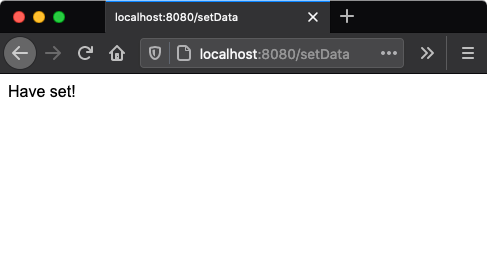
先获取值会得到null值:
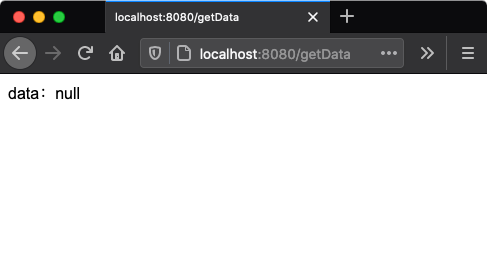
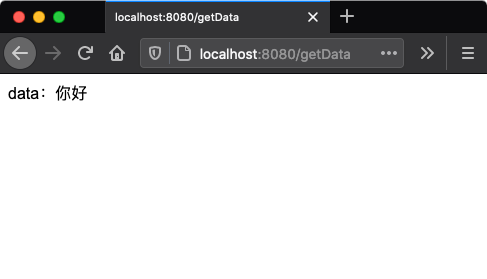
获取初始化参数
web.xml:
<!--配置一些web应用初始化参数-->
<context-param>
<param-name>url</param-name>
<param-value>jdbc:mysql://localhost:3306/mybatis</param-value>
</context-param>
@Override
protected void doGet(HttpServletRequest request, HttpServletResponse response) throws ServletException, IOException {
// 获取上下文容器
ServletContext context = this.getServletContext();
// 获取web.xml中预配置的参数
String url = context.getInitParameter("url");
response.setContentType("text/html");
response.setCharacterEncoding("utf-8");
response.getWriter().print("data:" + url);
}
测试
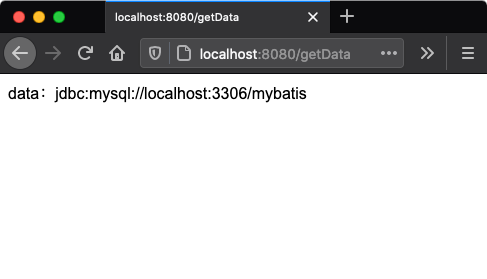
请求转发
@Override
protected void doGet(HttpServletRequest request, HttpServletResponse response) throws ServletException, IOException {
// 获取上下文容器
ServletContext context = this.getServletContext();
// 请求转发到 /hello
context.getRequestDispatcher("/hello").forward(request, response);
}
测试
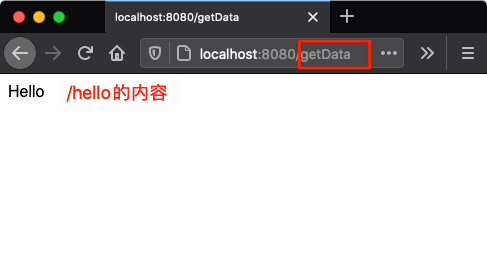
读取资源文件
新建资源文件
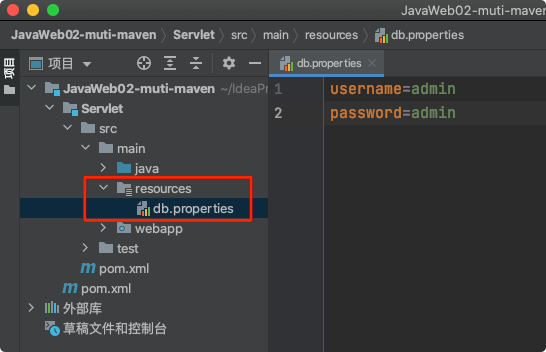
重新生成项目
确保配置好pom,防止导出资源失败
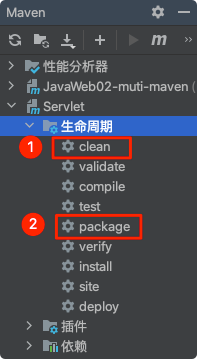
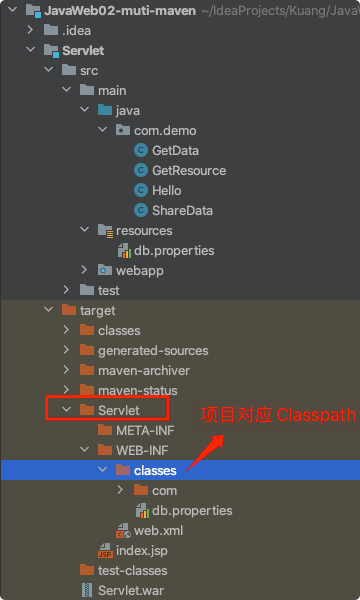
复制资源文件路径
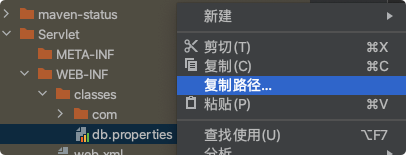
代码
@Override
protected void doGet(HttpServletRequest request, HttpServletResponse response) throws ServletException, IOException {
// 获取输入流
InputStream is = this.getServletContext().getResourceAsStream("WEB-INF/classes/db.properties");
// 加载Properties文件
Properties prop = new Properties();
prop.load(is);
// 获取值
String username = prop.getProperty("username");
String password = prop.getProperty("password");
response.setContentType("text/html");
response.setCharacterEncoding("utf-8");
response.getWriter().print("username:" + username);
response.getWriter().print("<br/>");
response.getWriter().print("password:" + password);
}
测试
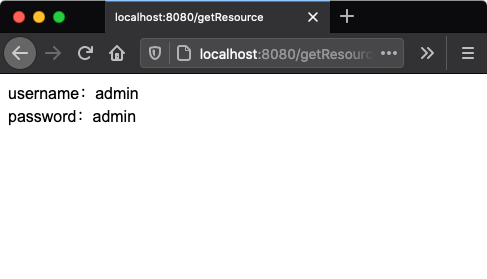
本文来自博客园,作者:神乐g,转载请注明原文链接:https://www.cnblogs.com/shenleg/p/14253366.html


 浙公网安备 33010602011771号
浙公网安备 33010602011771号